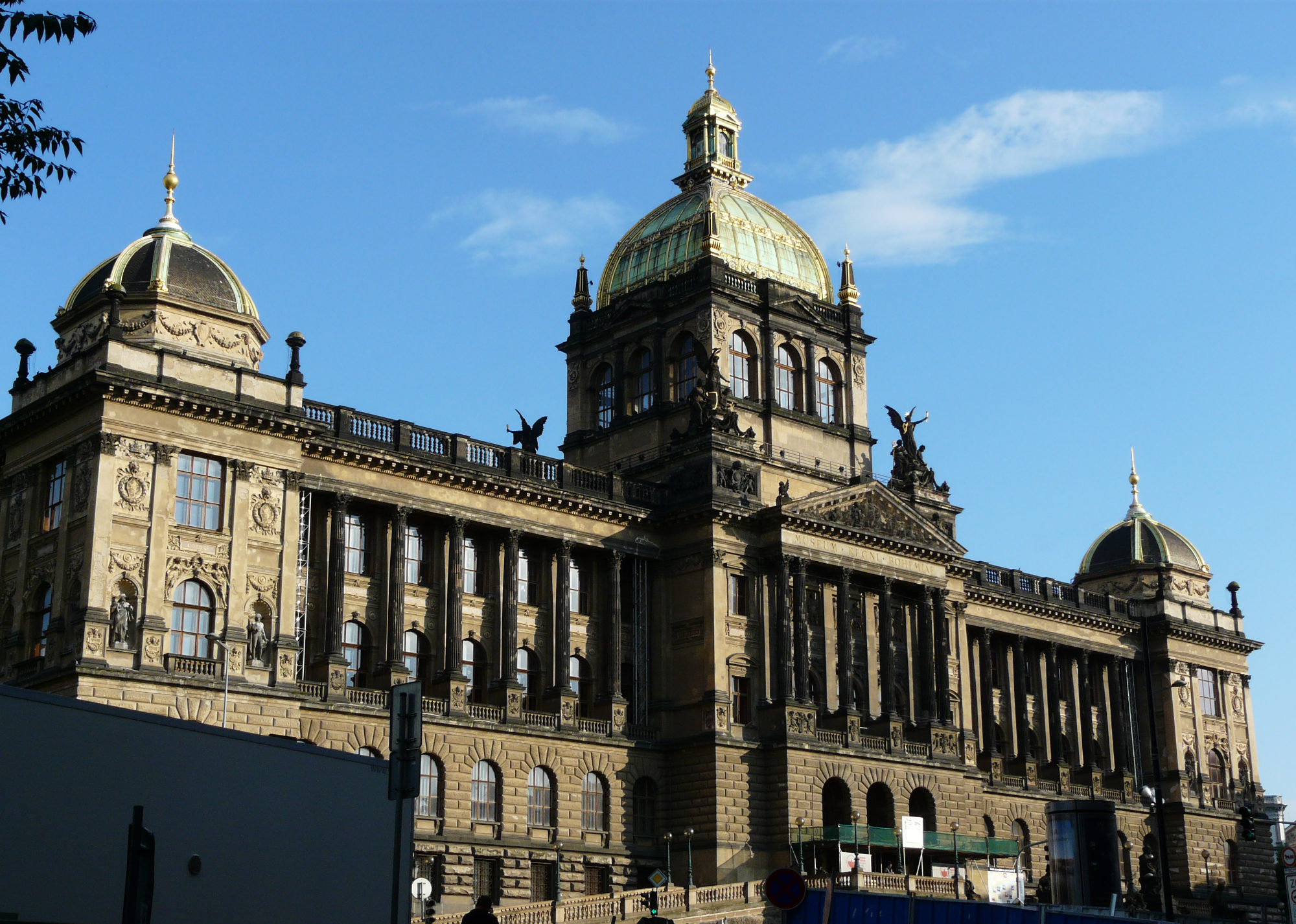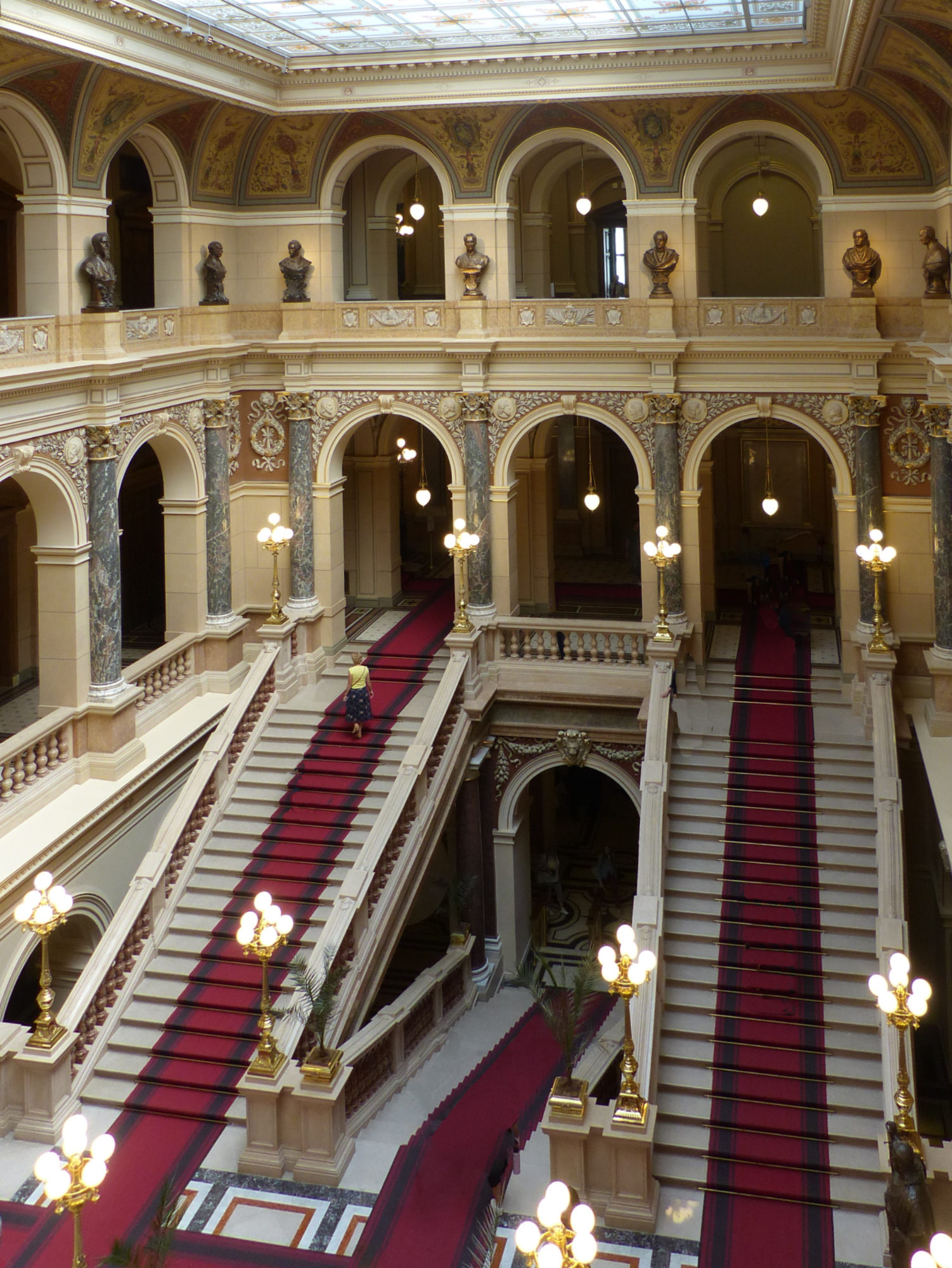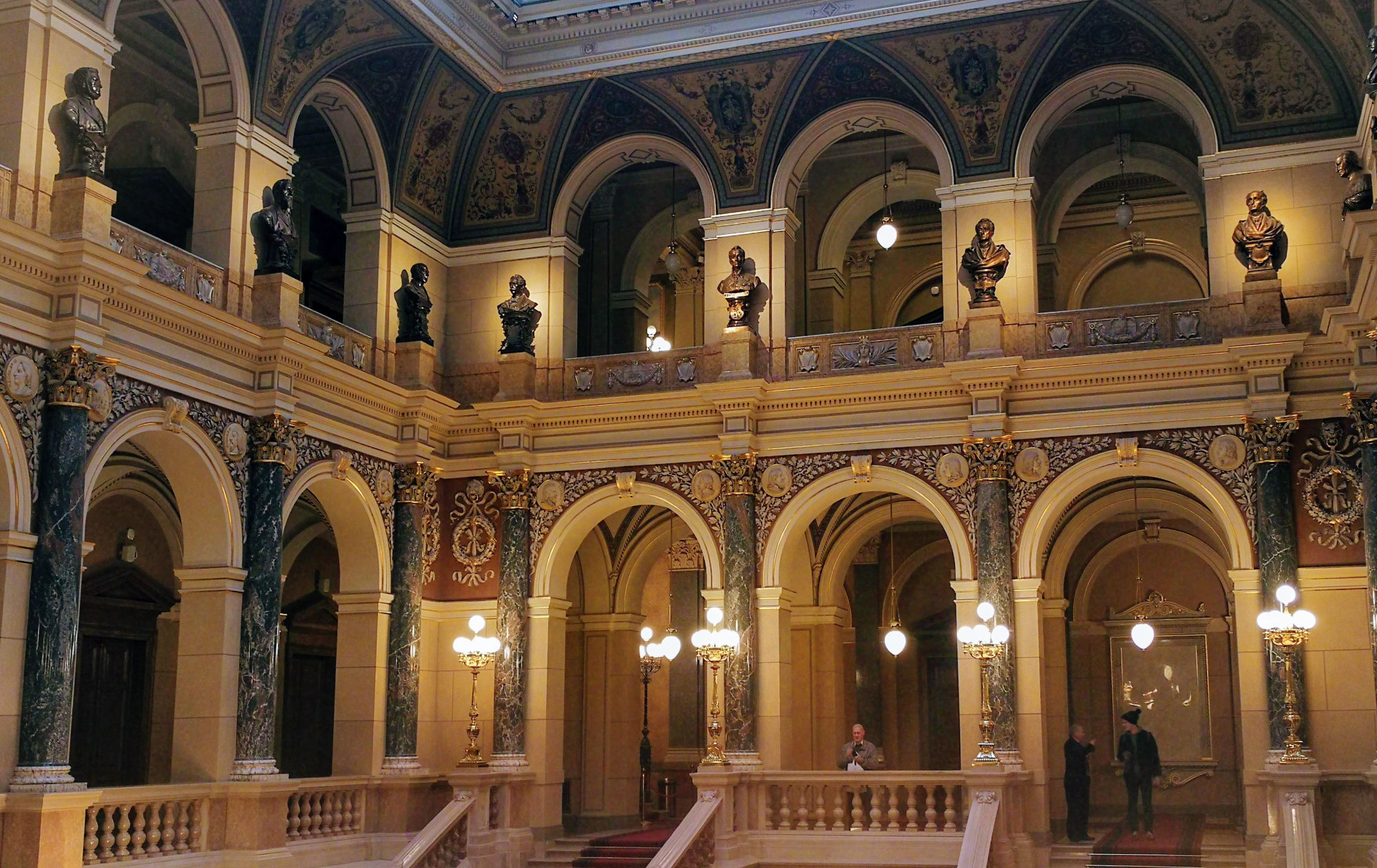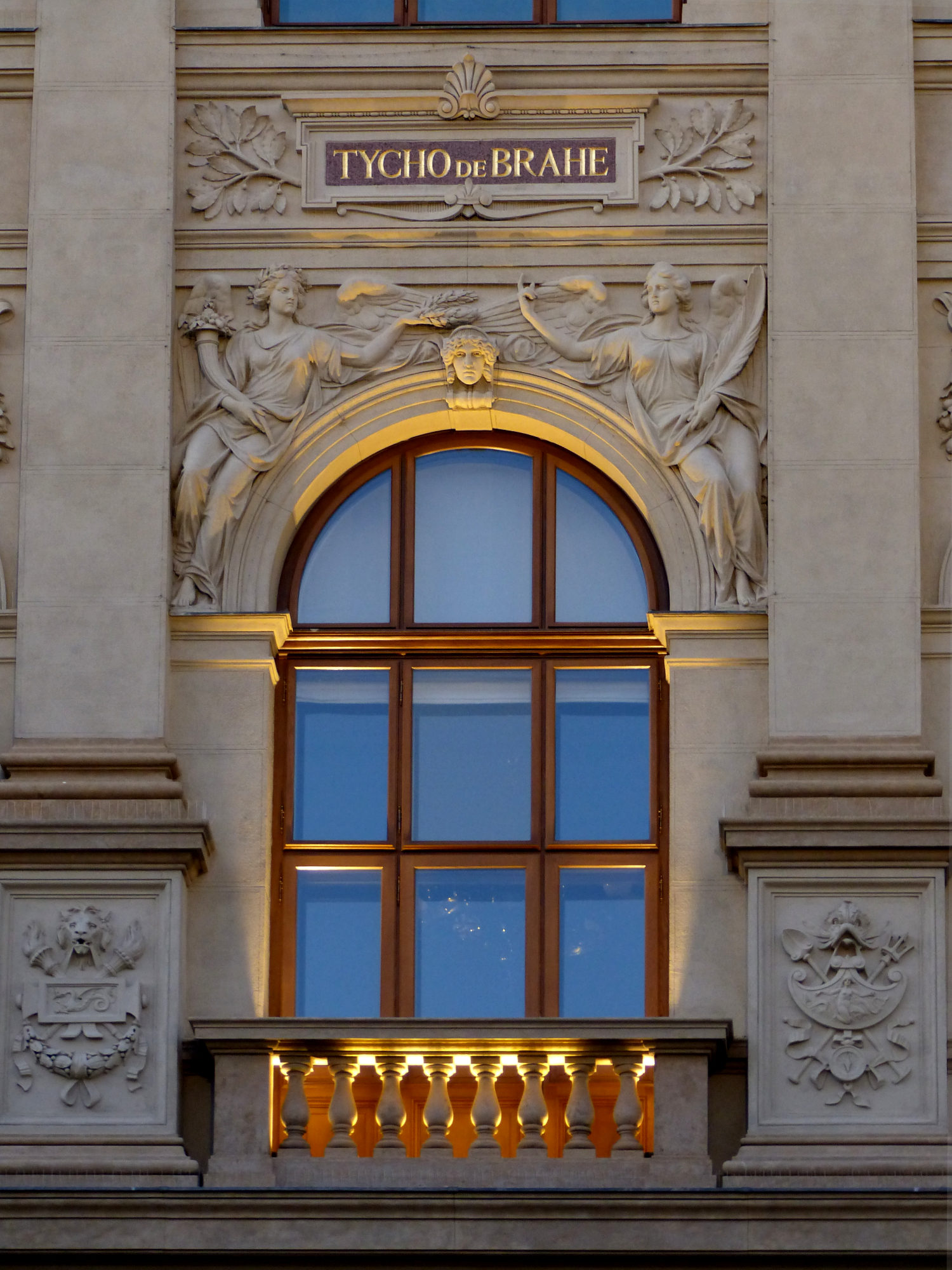National Museum
The seeds of a national museum were sown as early as the 1780s with the establishment of the Royal Bohemian Society of Learning, ancestor of today’s Academy of Sciences. Its members were wealthy, aristocratic and enlightened; items from their private galleries and libraries would go on to form the core of the national collection. But the museum itself was the brainchild of Kaspar, Count of Sternberg, a keen palaeobotanist who in 1818 donated his personal collection of minerals and fossils. Other prominent Czechs followed suit, and soon the fledgling museum gained an international reputation.
Always more than simply a historical collection, this grand civic project was a platform from which to assert the argument for Czech nationhood. From the start, it was known as the ‘Patriotic Museum’ or the ‘Museum of the Fatherland’; the label ‘National’ was used only after the foundation of the Czechoslovak Republic, from 1922 onwards.
For most of the nineteenth century, the museum’s collections had lacked a permanent home. That opportunity finally came with the decision to demolish the town wall at the upper end of the historic horse market, today’s Wenceslas Square. A competition was announced in 1883. The winning design by Josef Schulz — already well-known for his work on the National Theatre — was for a monumental neo-renaissance palace befitting the proud aspirations of the Czechs. Construction took place over six years (1885 to 1891), with the interior painting completed much later, in 1903.
True to its identity as a building not only for but of the nation, the space below the dome lantern was conceived as a pantheon, containing bronzes of influential men and women of culture, politics and science. In the lunettes are paintings from Czech legend and history by František Ženíšek and Václav Brožík, while the staircase gallery (above) is reserved for the busts — by Antonín Popp and Bohuslav Schnirch — of the sixteen noblemen whose ideals and collections gave birth to the museum.

‘Přemysl oráč je povolán do Prahy’ (Přemysl the ploughman is summoned to Prague) by František Ženíšek
The outside of the building is notable for its neo-renaissance modelling, with a vast ramp leading to a classical entrance surmounting a triple arch modelled on the old horse-gate. Below the seventy-two windows that run round the four sides of the building are inscribed the names of Bohemia’s great and good, starting on the north-facing wing with Cosmas, the 11th century chronicler, and ending on the east side with the Austrian-born politician Jindřich Jaroslav Clam-Martinic, a prominent supporter of Czech independence and first president of the Museum on which his name appears.
These worthies are not exclusively Czech, however: among them are a number of foreign visitors who contributed in no small measure to the scientific knowledge and reputation of the Czech lands, including the Danish astronomer Tycho de Brahe and the French geologist Joachim Barrande, who bequeathed his extensive collection of rocks and fossils to the Museum.
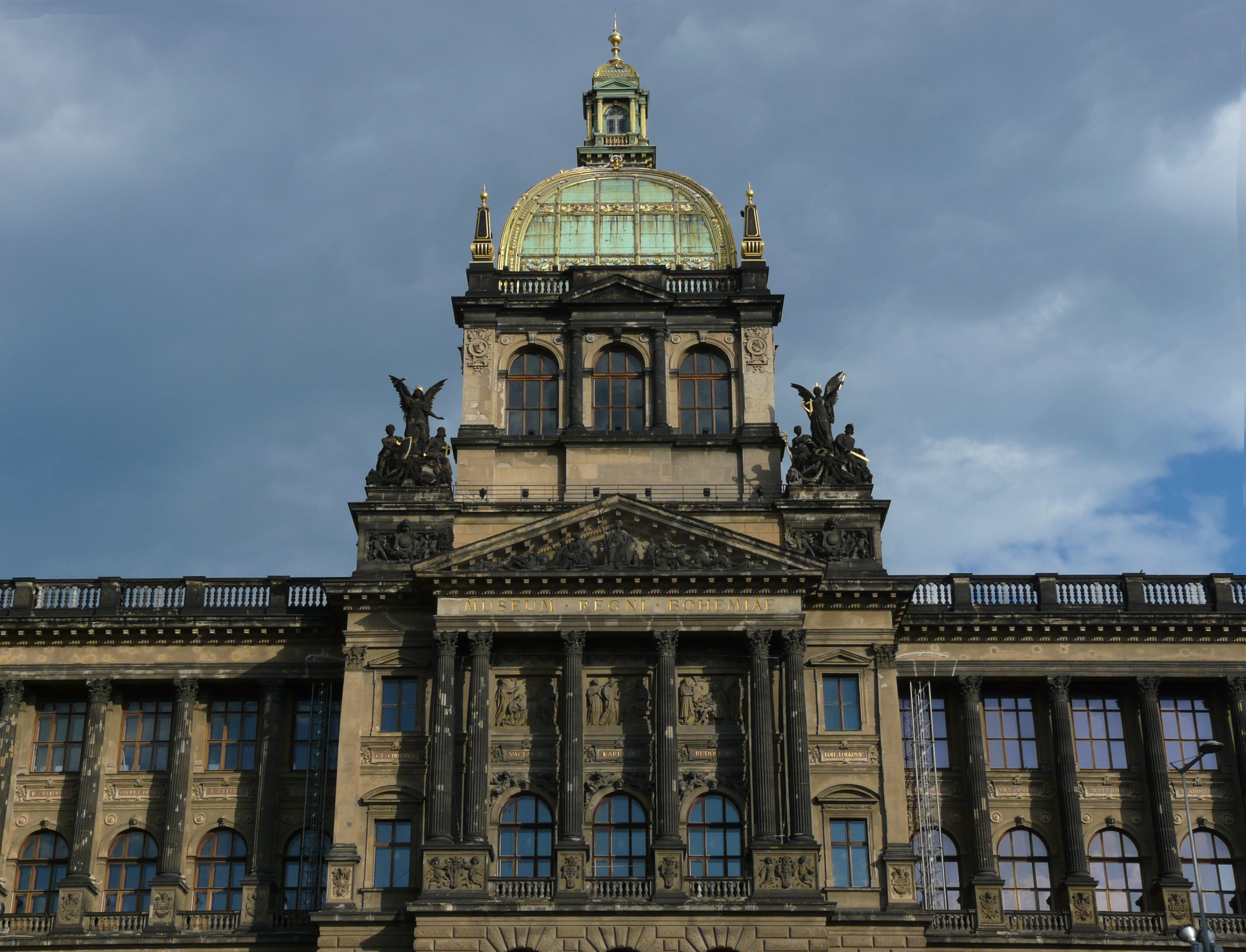
From its elevated position, the historic building has literally witnessed the passage of history. Its impressive facade has made it a natural backdrop for proclamations of statehood, most recently after the 1989 revolution. Equally, it has been the victim of political unrest, notoriously damaged by tankfire in 1968.
Starting in 2011, the museum underwent a full restoration, re-opening in time for the double anniversary year of 2018 – a century since the foundation of Czechoslovakia, and two centuries since the original donation of the Count of Sternberg.
